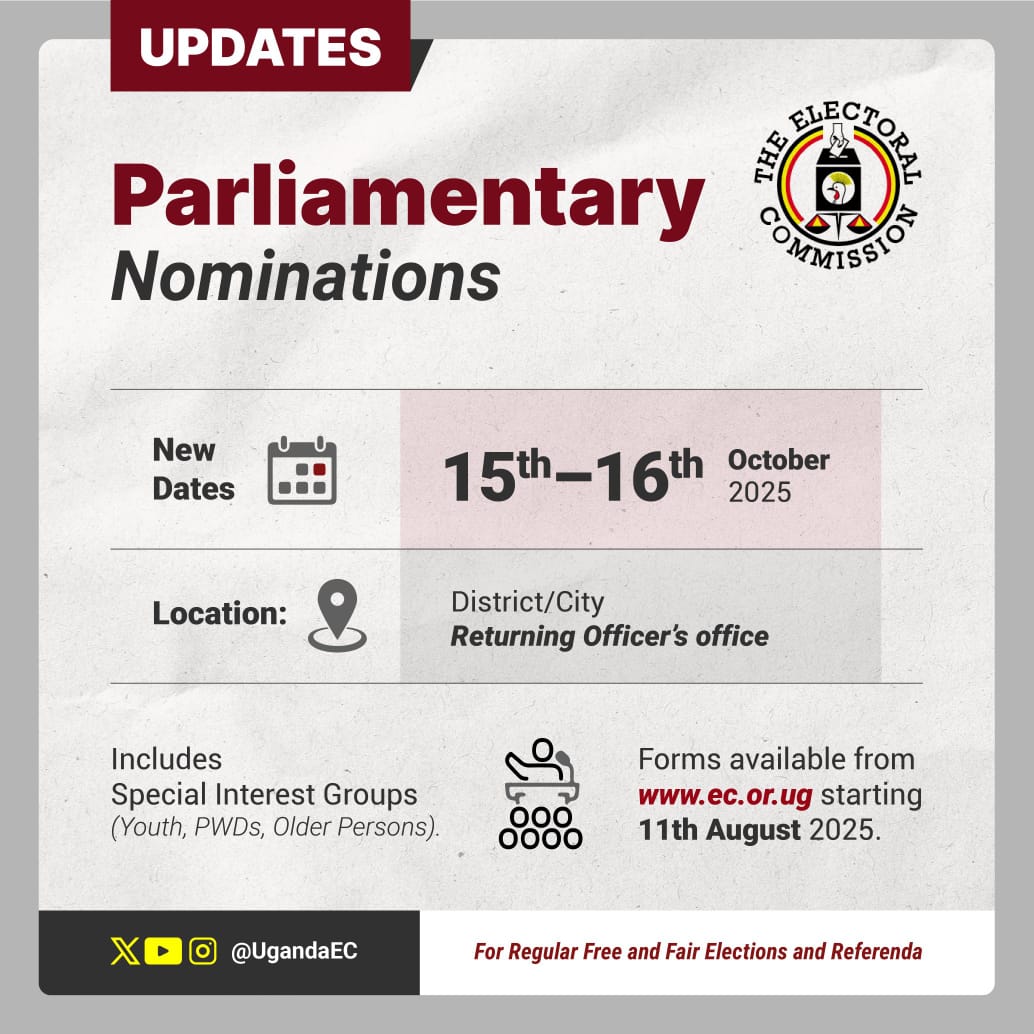The proportion of Ugandans living in a subsistence economy has declined over the past decade, as reported by the National Housing and Population Census (NHPC 2024).
The Uganda Bureau of Statistics (UBOS) presented the final results at the Kampala Serena Hotel on October 3, 2024.
The data reveals that among the 3.5 million households (33%) classified within the subsistence economy, 75% primarily engaged in subsistence agriculture, while 15% earned a wage or salary, and 10% were involved in income-generating activities.
In contrast, of the 7.2 million households in the non-subsistence economy (money economy) in 2024, 76% received a wage or salary, and 14% operated income-generating businesses.
All households in this category were above the poverty line, enabling them to fulfill their basic needs.
Regionally, Karamoja has the highest percentage of households in the subsistence economy at 71%, with 42% of these households participating in subsistence farming. The West Nile sub-region followed, with 53% of households in the subsistence economy, the majority of which (41%) were also engaged in subsistence farming.
Buganda sub-region recorded the smallest proportion of households participating in the subsistence economy, at 15%, with a significant number of these households involved in subsistence farming, accounting for 10%.
In contrast, the highest percentage of households within the subsistence economy was found in Buganda, at 14%, followed by West Nile at 11% and Busoga at 10%. Additionally, Buganda sub-region also had the largest share of households in the non subsistence economy, comprising 41%, with Ankole and Busoga following at 9% and a lower percentage, respectively.
Asset ownership
According to UBOS, owning assets is a key indicator of wealth and serves as a valuable measure for assessing the livelihood security of households.
For individuals and families, having assets means having a stable home, the means to earn a living, and the capacity to manage the economic and social risks posed by natural disasters, illnesses, and financial crises (Doss, Grown, and Deere 2008).
The findings reveal that approximately 69% of households possess both shoes and essential clothing, with male-headed households showing a slightly higher ownership rate at 70% compared to 67.3% for female-headed households.
When looking at regional differences, the Karamoja sub-region reported the lowest ownership rates, with only 57% of households having at least a set of clothing and 38% owning a pair of shoes.
The data indicates that 66% of households own their homes, with a marginally higher percentage of male-headed households (67%) owning their dwelling units compared to female-headed households (63%).
Nearly half of the households surveyed (47%) indicated that they own land.
Interestingly, a greater percentage of male-headed households (52%) reported dominance in land ownership compared to female-headed households (38%).
In terms of transportation assets, 20% of households owned a bicycle, while 12% had a motorcycle or scooter. Less than 1% of households claimed to own an engine boat.
The data also revealed that male-headed households were more likely to own bicycles, with 23% reporting ownership compared to just 13% of female-headed households.
Regionally, the Lango (47%) and Teso (41%) areas had the highest rates of bicycle ownership.
When it comes to land ownership by subregion, Lango leads with 68%, followed closely by Kigezi at 67%, while Buganda has the lowest at 31%.
More older persons own land
The NPHC 2024 also gathered data regarding land ownership and the associated legal documents, such as title deeds, ownership certificates, and hereditary acquisition certificates, all registered under the names of the owners.
Information was collected for adults (persons aged 10 years and above) on whether they own land “alone”, “jointly”, “both jointly and alone” or “not”.
Findings indicate that overall, 17% of the population own land.
The disaggregation by age group shows that 53% of older persons aged 60 years and above, adults 18 years and above (31%) and youth (18%) owned land.
Sex differentials showed that ownership of land was higher among the males (19%) than females (14%).
It also indicates that 58% of the adult population aged 18 and above reported to have documents for their land with names on it.
However, the survey indicates there was a very small difference between males (58%) and females (57%) with land title/document.
Further breakdown by subregion shows that Buganda subregion (77%) had the highest proportion of persons that have land with legally recognized documentation, followed by Kigezi sub region (71%).
By age groups, 61% of the older persons (60+) and adults (18+) as well as 58% of the youth (18-30) and adolescents (10-19) reported owning land with legally recognised documentation.
Findings shows that, out of 10.6 million households interviewed in Uganda, 155, 200 received remittances during the last 12 months preceding the NPHC 2024.
Buganda subregion has the highest number of households that received remittances (85,529) followed by Ankole sub-region (10,482), with Karamoja sub-region recording the lowest numbers (2.354) of households that received remittances followed by Lango sub-region (2,574) households.
In terms of education level for the household head, findings show that households with heads of households who completed postsecondary level of education received more remittances.
The findings indicate that most households received remittances in the form of money (75%), followed by goods (16%), and about nine percent received both cash and goods.
Among the 155,200 households that received remittances, most male headed households did not state the purpose of the remittance received (26%), followed by upkeep/food (25%), and education (17%).
In contrast, among female-headed households, the most common use of remittances was for upkeep/food (34%), followed by purpose not stated (23%), followed by education (17%).
The report further notes that mobile money was the most used mechanism for saving (20%) followed by keeping cash at home (17%).


































